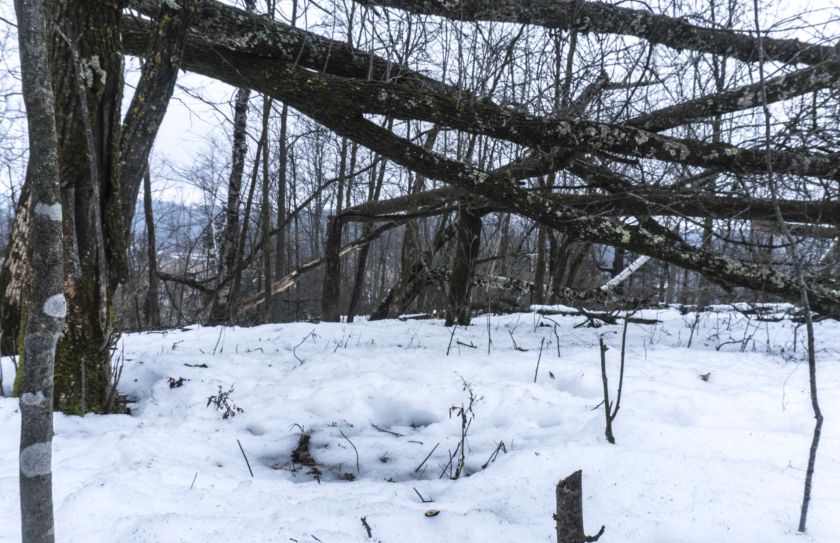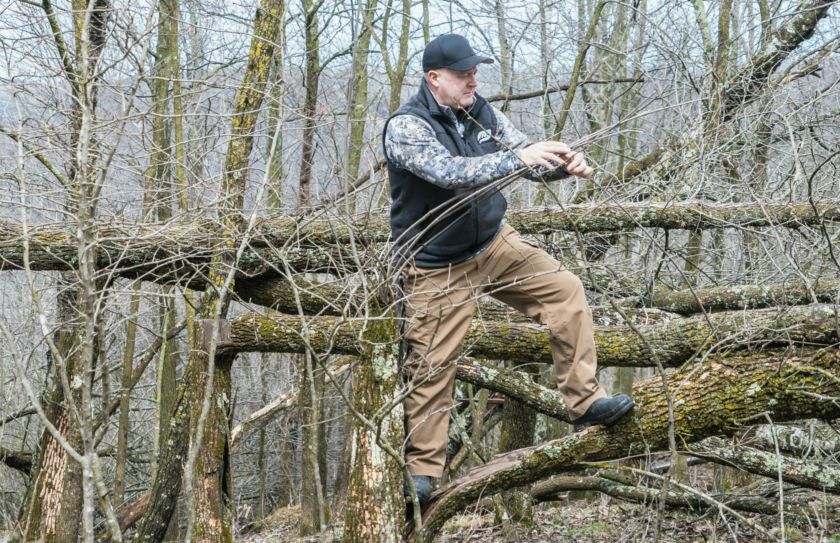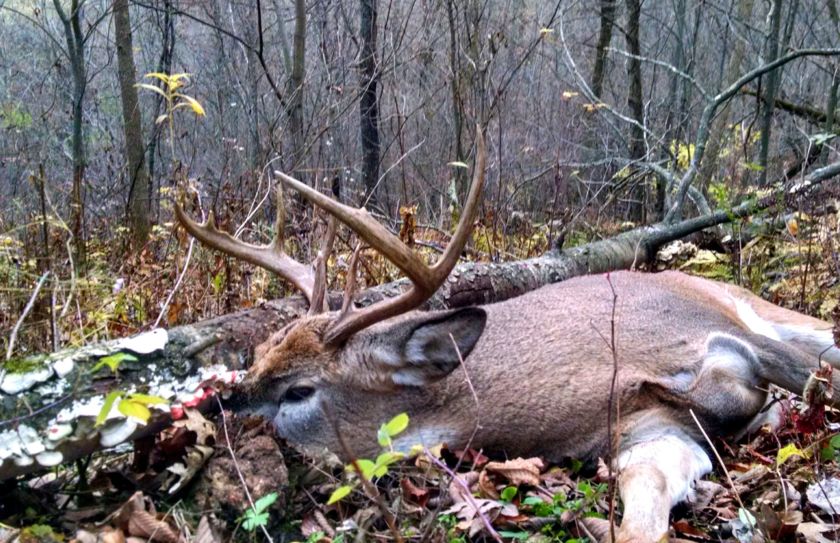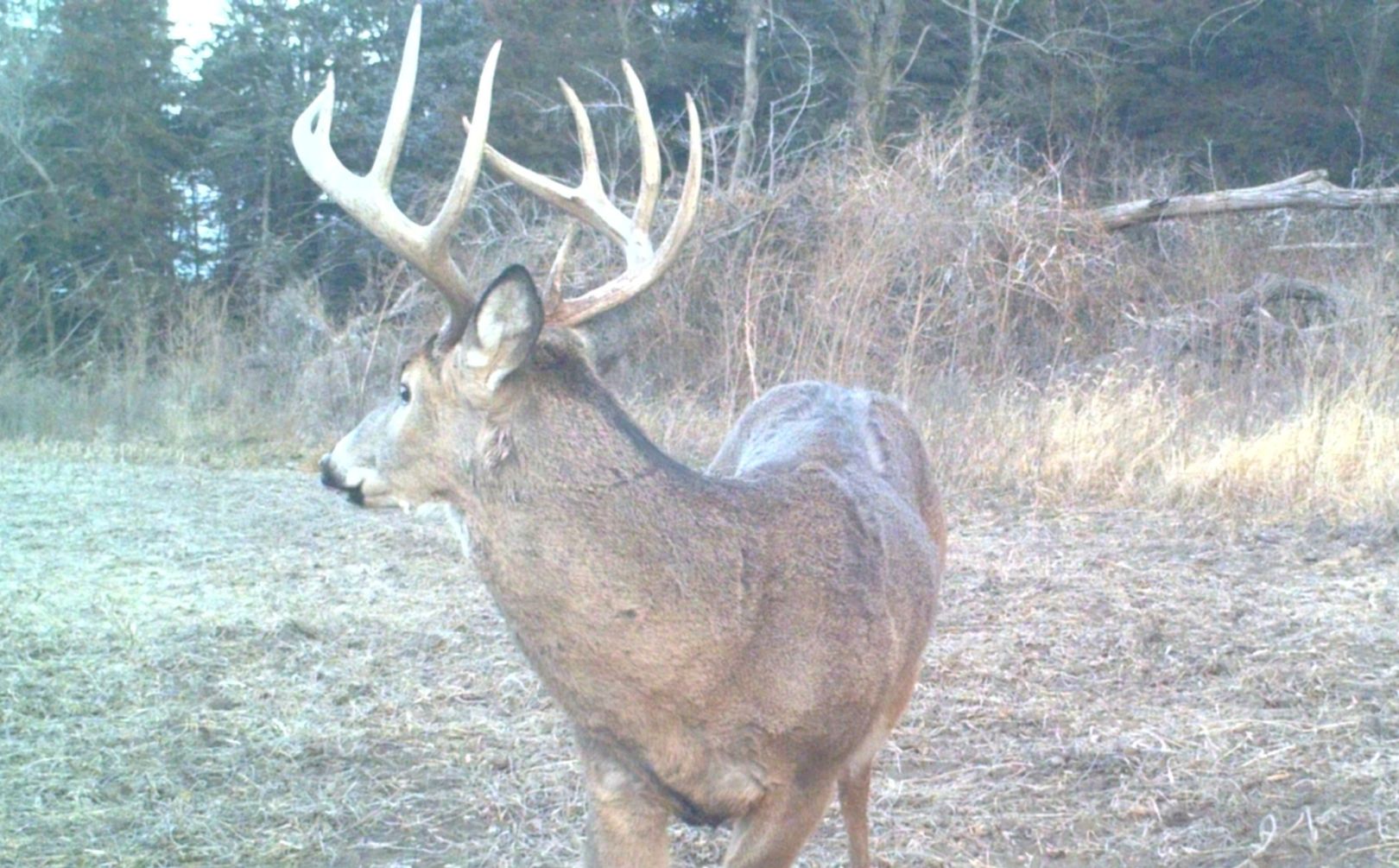
What may be a great buck bedding area in one region may be a failure in another. The success of the bedding areas that you create will not hinge on the type of cut you make, but on the amount of space that you leave for deer to travel through, relative to what the local deer have become accustomed to. If your bedding area is too tight in some areas deer can avoid it and if it is not tight enough in others, your land will not be as efficient as it should be.
Custom Fit Deer Beds For Your Land
Do you have moderate deer numbers in a heavily wooded region? Then a more open approach to your bedding areas is in order. Do you live in Northern Ohio with moderate deer numbers and very little cover? Then a very tight, compartmentalized strategy with a goal of fitting a larger number of deer in a small number of acres is needed. Unfortunately folks there is no one-size-fits-all approach or secret formula, for creating the perfect deer bed for your land. Instead there is a balance of bedding size that needs to be accurately applied to make sure that your deer bedding creations actually attract some deer during the hunting season, when it matters most.
The Balance of Deer Bedding Creations
There are two extremes of variables that you need to assess, to accurately create the best bedding area fit for your herd and habitat:
1. Small, Narrow and Compartmentalized
The perfect storm of large deer herds, a lack of predators and small pockets of cover within open and flat ag lands, creates a deer herd that nearly has to live one on top of the over. Tight, winding passage ways and small, pick-up bed sized openings that create a maze and pocket effect of a never ending network of travel and bedding opportunity, is called for when space is limited and deer numbers are high. If you can barely walk thru and can't see more than 20' in any direction, you have probably found the perfect extreme of bedding size and space. In this location a canopy or hinge-cut over a potential deer bed can be used, but is not preferred or needed.
*Hinge Cuts may be appropriate depending on the timber type and variety, as well as traditional timber harvest or both.
2. Large, Wide and Open
When heavy cover, predators and low deer numbers combine, bedding areas need to match a deer herd that is not only used to a lot of space, but bedding habitat that allows deer to see predators before they have a chance to strike. If you can just about drive your truck thru the bedding area while seeing at least 100' in any direction, you have probably found the perfect extreme of size and space. In a wide open bedding area in a wilderness or heavily wooded setting, deer will most likely avoid the entire bedding area if you cutting are too small or if they include any overhead obstruction.
*Hinge Cuts are rarely appropriate in these areas with the exception of single mid-sized hinge-cuttings scattered at least 30-40 yards apart to add screening, side cover and hardwood regeneration within a select cut or bedding area improvement area.
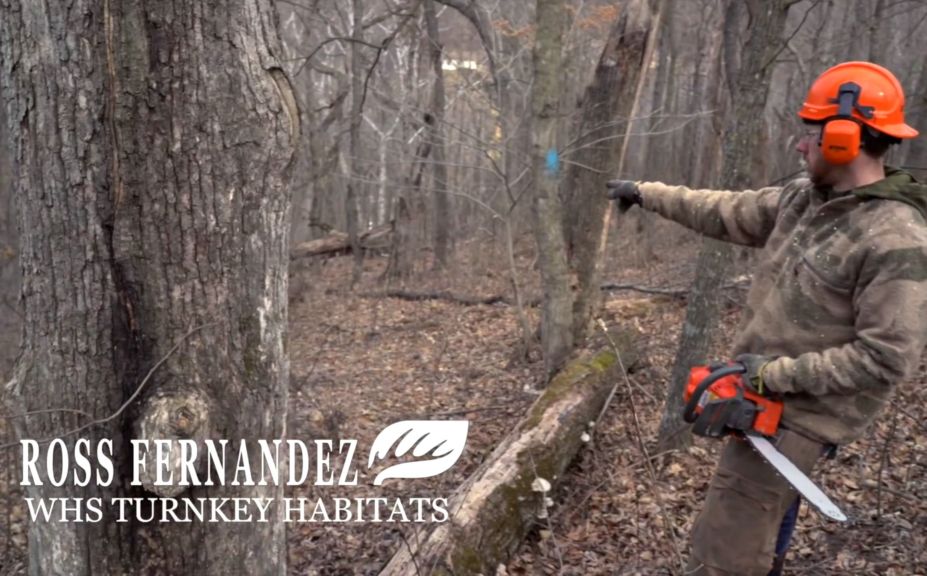
Conclusion
*Using a professional whitetail habitat improvement expert like Ross Fernandez, can offer the experience needed to assess which cutting is needed on your land, in your region for your local deer herd. Remember, there is no secret deer bed or buck bed formula that can be applied on all parcels.
